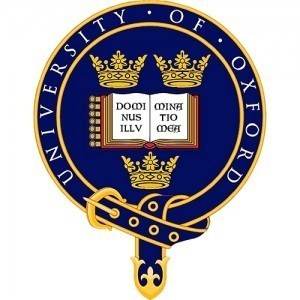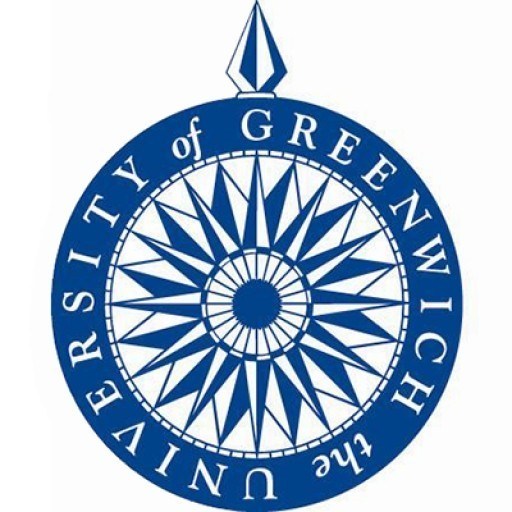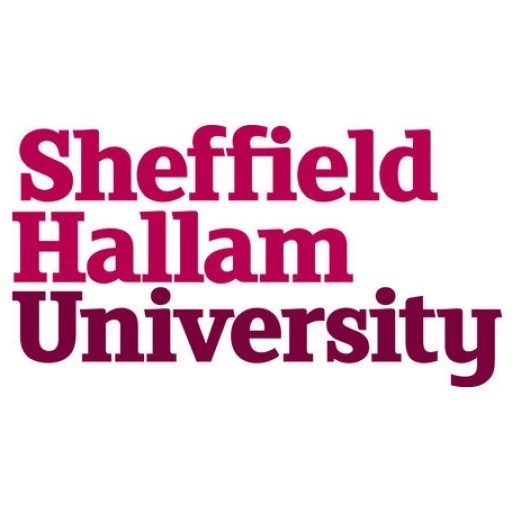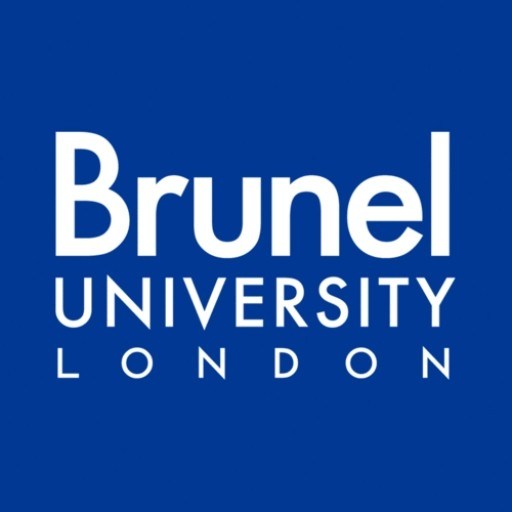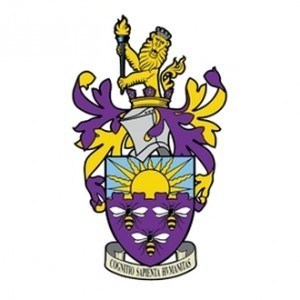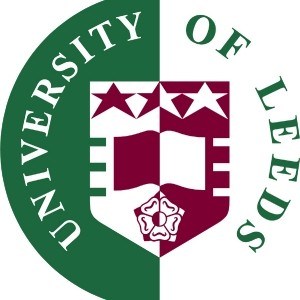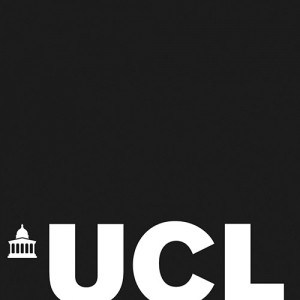Photos of university / #oxford_uni
Core themes of the History of Design course will include the rivalries between historicism and modernity; internationalist and nationalist tendencies; handicraft and industrial processes, as well as the analysis of critical debates about the makers and audiences of decoration in advice literature and aesthetic writing.
The programme aims to provide students with a framework of interpretative skills useful to understanding design. It provides grounding in the analysis of the techniques and materials deployed in creating objects or sites. It enables students to develop a grasp of historical context, encompassing the impact of the hierarchies within, and audiences for, the critical reception of 'decoration'. It encourages the analysis of the historiography of political and aesthetic debates articulated by designers, critics and historians about design, its forms and purposes.
Teaching and learning takes a variety of forms in this programme. In keeping with the Oxford ethos, individual tutorials and supervisions will be an important of the course, particularly whilst researching the dissertation, whilst earlier stages of the programme principally take the form of seminar group discussion, lectures and independent study. First-hand visual analysis is an essential component of the discipline of the history of design. As such each course element of the programme includes site visits, both to Oxford University's unique museum and library collections, and to those nearby in London and the regions. Formal assessment is by means of analytical essay and dissertation writing, complemented by informal assessment methods including a portfolio of research skills tasks and an oral presentation about each candidate's dissertation topic.
The monthly format of the programme should enable applicants who are employed or have caring duties to undertake postgraduate study, given they have a determined commitment to study and to undertake independent research.
The University of Oxford offers a uniquely rich programme of lectures and research seminars relevant to the study of Design History. Research specialisms particularly well represented in the Department for Continuing Education are:
- Art Nouveau and Modern French Decoration
- Modernist Design and Architecture
- The Arts and Crafts Movement
- Garden History
- The Art of the Book
- Ecclesiastical Architecture and Design
As a discipline Design History is well represented in conferences organised and academic journals and books published by The Design History Society; the Association of Art Historians; AHRC Centre for the Historic Interior at the Victoria and Albert Museum; the Modern Interior Centre at Kingston University; The Twentieth Century Society; The Garden History Society; The Textile History Society; The Wallpaper Society, The Societe des Dix-Neuviemistes.
The MSt is a part-time course over two years with one residential weekend per annum. Each year comprises nine Saturdays (monthly; three in each of the three terms in the academic year) students will also have fortnightly individual tutorials and undertake research in reference libraries in Oxford between these monthly meetings. The course is designed for the needs of students wishing to study part-time, including those who are in full-time employment but will require 15 to 20 hours of study per week.
The course is based at Rewley House, 1 Wellington Square, Oxford, OX1 2JA. Some classes may take place at other venues in Oxford. Class details, reading lists and information about any field trips will be supplied when you have taken up your place.
Core Courses
- Materials and Techniques of Design
- Historical Methods
- Research Project in the History of Modern Design
- Dissertation
Options Courses
- Decoration in Modern France
- The Arts and Crafts Tradition in Modern Britain
- Design in the Machine Age
- Design, Body, Environment
- Visual Cultures of the World Wars
- Academic Writing and Contemporary Practice
Attendance
Students must attend at least 75% of all Saturday class sessions and 4 x 1-hour dissertation tutorials. Students are also expected to have monthly individual tutorials with the Course Director or a Course Tutor each term.
Primary and secondary source materials will be used. Students will also undertake site visits relevant to the course. The syllabus is not only designed to achieve the stated aims and outcomes, but also to develop research and study skills. Teaching will be provided by OUDCE and University staff with guest speakers where appropriate.
Assessment methods
YEAR 1
Three assignments for the Mandatory Core Modules:
- Techniques and Materials (Object Case Study: 2,500 words)
- Historical Methods (Methodology and Critical Sources Review: 3,000 words)
- Research Project (Extended Essay: 5,000 words)
Completion of skills development tasks through the Virtual Learning Environment in concert with Mandatory Core Modules.
YEAR 2
Two x 5,000 word Advanced Paper assignments (n.b. 2 x 2,500 word projects for Academic Writing and Contemporary Practice option).
Dissertation, maximum of 15,000 words.
Applicants are normally expected to be predicted or have achieved a first-class or strong upper second-class undergraduate degree with honours (or equivalent international qualifications), as a minimum, in cognate humanities subjects such as history (history of art, visual and material culture; modern social and economic history, etc), modern languages, literature, studio practice, etc as well as design-related forms of social sciences (cultural theory and film studies) and engineering.
For applicants with a degree from the USA, the minimum GPA normally sought is 3.7 out of 4.0.
If you hold non-UK qualifications and wish to check how your qualifications match these requirements, you can contact the National Recognition Information Centre for the United Kingdom (UK NARIC).
No Graduate Record Examination (GRE) or GMAT scores are sought.
- Official transcript(s)
- CV/résumé
- Statement of purpose/personal statement:500 words
- Written work:One essay of 2,000 words
- References/letters of recommendation:Three overall, generally academic
ENGLISH LANGUAGE REQUIREMENTS
Higher level
|
Test |
Standard level scores |
Higher level scores |
||
|
IELTS Academic |
7.0 | Minimum 6.5 per component | 7.5 | Minimum 7.0 per component |
|
TOEFL iBT |
100 |
Minimum component scores:
|
110 |
Minimum component scores:
|
| Cambridge Certificate of Proficiency in English (CPE) | 185 |
Minimum 176 per component |
191 |
Minimum 185 per component |
| Cambridge Certificate of Advanced English (CAE) | 185 |
Minimum 176 per component |
191 |
Minimum 185 per component |
